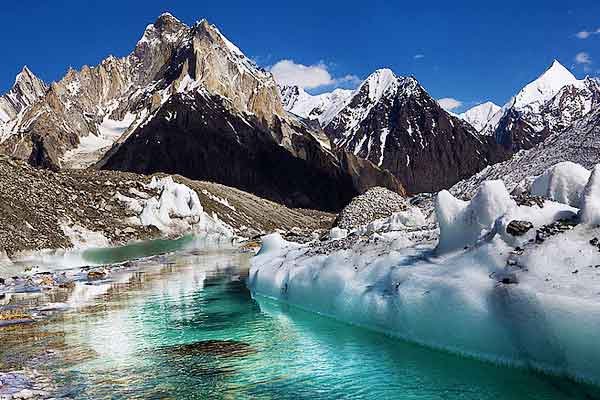Holding Back the Sea: The Netherlands’ Billion-Dollar Dike Upgrade
For 75 years, the Netherlands has relied on a remarkable feat of engineering to keep the relentless North Sea at bay: a 20-mile-long dike that protects much of the country from floods. But as the climate crisis escalates, bringing rising sea levels and the specter of tsunamis, the time has come for a substantial upgrade. A $1 billion project is now underway to reinforce this critical infrastructure, ensuring the safety and resilience of the Netherlands in an uncertain future.
A Legacy of Water Management
The Netherlands, with its extensive coastline and large portions of land below sea level, has a long history of battling the sea. The country’s name itself, which translates to “low countries,” reflects its geographical challenge. Ingenious water management has been a cornerstone of Dutch society for centuries, dating back to the medieval construction of dikes, canals, and windmills that pumped water out of low-lying areas.
The existing 20-mile dike, known as the Afsluitdijk, was completed in 1932, transforming the treacherous Zuiderzee into the tame IJsselmeer and protecting large areas of land from flooding. This massive barrier is not just a protective measure but also a symbol of Dutch resilience and ingenuity.
Rising Threats from Climate Change
Climate change has intensified the pressure on the Netherlands’ water defenses. Rising global temperatures are causing sea levels to climb, while increasing the frequency and severity of extreme weather events, including storms that can produce tsunamis. The existing dike, although robust, was not designed to handle the future’s anticipated conditions.
The planned upgrade aims to address these challenges comprehensively. This involves not just heightening and strengthening the dike itself but also integrating modern technologies to enhance its effectiveness. The project is a testament to the Dutch commitment to proactive and adaptive water management strategies.
Key Components of the Upgrade
- Reinforcing the Dike: The physical structure of the dike will be bolstered to withstand higher sea levels and more powerful storm surges. This could involve adding new materials, increasing the height, and expanding the width of the dike.
- Improving Drainage Systems: Effective drainage is crucial to prevent water from accumulating behind the dike. Upgrading the drainage infrastructure ensures that any excess water is efficiently managed, reducing the risk of flooding.
- Advanced Monitoring and Early Warning Systems: Implementing cutting-edge technology to monitor sea levels, weather patterns, and the condition of the dike in real-time will be essential. Early warning systems can provide critical lead time for emergency responses in case of potential breaches.
- Environmental and Ecological Considerations: The upgrade will also consider the environmental impact, ensuring that the construction methods and materials used do not harm local ecosystems. There might be initiatives to enhance biodiversity in and around the dike area.
Collaboration and Long-Term Planning
The scale and complexity of this upgrade necessitate extensive collaboration between various stakeholders, including government agencies, engineers, environmental experts, and local communities. It underscores the importance of long-term planning and investment in infrastructure to address the evolving risks posed by climate change.
A Model for Global Resilience
As countries around the world face similar challenges from rising sea levels and extreme weather, the Netherlands’ approach can serve as a model of resilience and proactive planning. By investing in and updating critical infrastructure, nations can better protect their populations and economies from the adverse effects of climate change.
The $1 billion upgrade of the Afsluitdijk is more than just a project; it is a reaffirmation of the Netherlands’ historical commitment to mastering water management and a forward-looking strategy to ensure safety and sustainability in the face of global environmental change. As the world watches, the Netherlands continues to lead by example, turning its perpetual battle with the sea into a story of adaptation and innovation.

